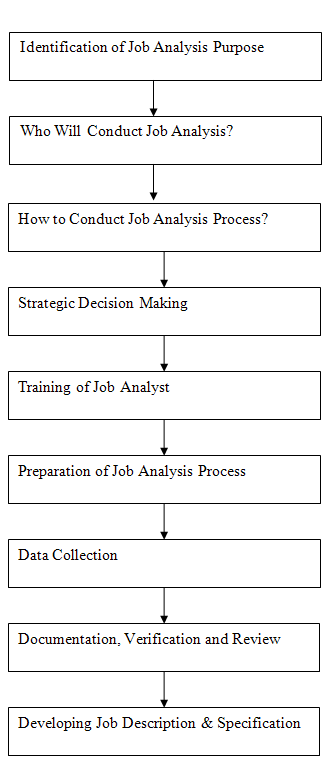Advantages and Disadvantages of Job Analysis
April 3, 2025
 Advantages and Disadvantages of Job Analysis
Advantages and Disadvantages of Job Analysis
Though job analysis plays a vital role in all other human related activities but every process that has human interventions also suffers from some limitations. The process of job analysis also has its own constraints. So, let us discuss the advantages and disadvantages of job analysis process at length. Advantages of Job Analysis Provides First…
 Approaches to Job Design
Approaches to Job Design
Job design is the next step after job analysis that aims at outlining, and organizing tasks and responsibilities associated with a certain job. It integrates job responsibilities and qualifications or skills that are required to perform the same. There are various methods or approaches to do this. The important ones are discussed below Human Approach…
 Benefits of Job Rotation
Benefits of Job Rotation
Job rotation is considered as an effective tool for successful implementation of HR strategy. It is about settling employees at the right place where they can deliver the maximum results. In today’s highly competitive world, this can be proved as the best strategy to find the immediate replacement of a high-worth employee from within the…
Where to place the employees in order to best utilize their skills and talent? How to determine the need of new employees in the organization? How to eliminate unneeded jobs? How to set realistic performance measurement standards? How to identify the jobs and prepare a plan to fill them?
Well, all this can be effectively done by a proper and thorough job analysis. Managers deal such kinds of challenges in day-to-day company operations where they need to fulfill effectively and efficiently fulfill the organization’s requirements related to human resource recruitment, selection, performance, satisfaction and cutting down and adding extra responsibilities and duties. And there is no scope where they can avert the risk of being wrong.
An effective and right process of analyzing a particular job is a great relief for them. It helps them maintain the right quality of employees, measure their performance on realistic standards, assess their training and development needs and increase their productivity. Let’s discuss the job analysis process and find out how it serves the purpose.

Thus, the process of job analysis helps in identifying the worth of specific job, utilizing the human talent in the best possible manner, eliminating unneeded jobs and setting realistic performance measurement standards.
Your email address will not be published. Required fields are marked *